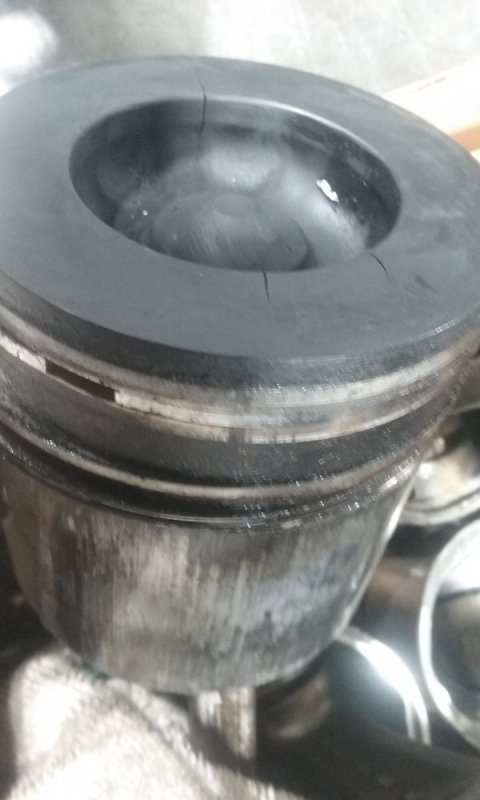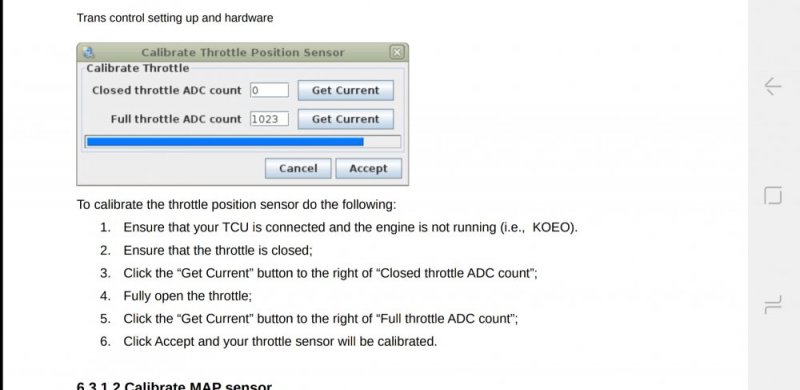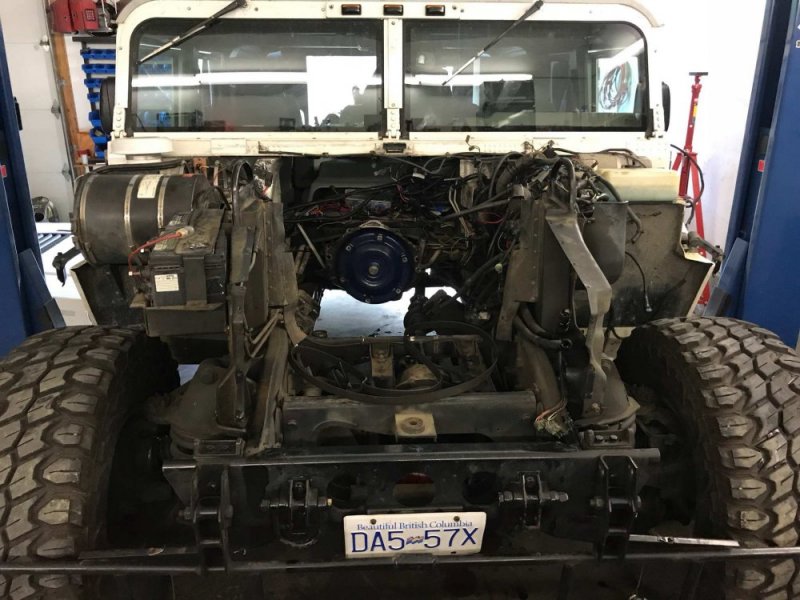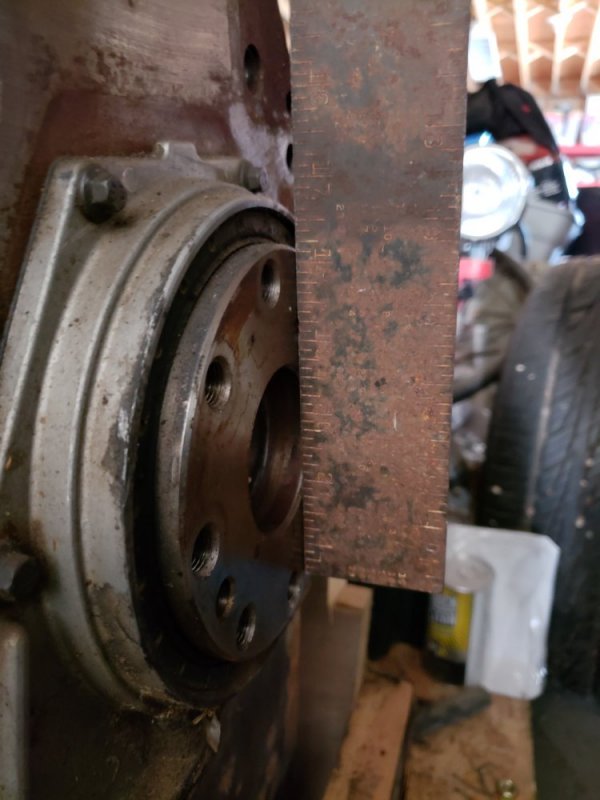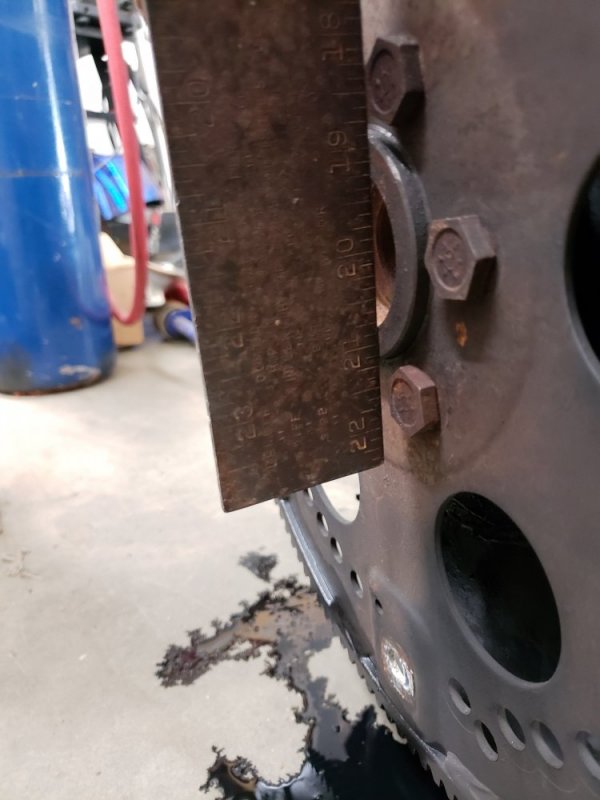Will L.
Well-Known Member
Torque to stretch aka torque to yield bolts should NEVER be reused.
Once they get to the specific torque they begin to stretch. The degree of turn basically stretches the bolt length so that it has more clamping force. Once you stretched it will never “unstretch”. New head bolts or arp studs.
On “the right stuff” silicone- just remember if you want ultimate seal assemble fresh. Allow tacking time for easier removal later if you choose.
Once they get to the specific torque they begin to stretch. The degree of turn basically stretches the bolt length so that it has more clamping force. Once you stretched it will never “unstretch”. New head bolts or arp studs.
On “the right stuff” silicone- just remember if you want ultimate seal assemble fresh. Allow tacking time for easier removal later if you choose.

